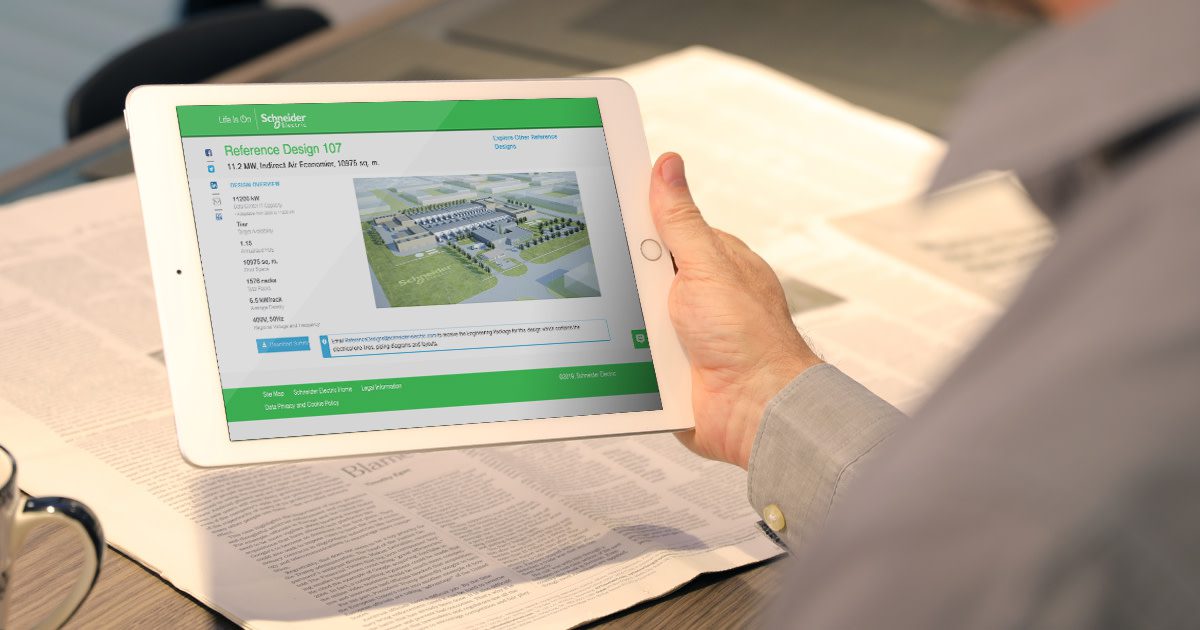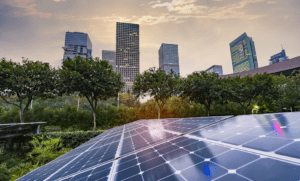In the last decade, climate change has become one of the biggest threats faced by humanity. The various efforts to reverse the damage done so far require urgent attention from global leaders. Even individuals have a crucial role to play. Every small action adds up to make a big difference, therefore we as conscious citizens need to pay special attention to saving our planet and its dwindling natural resources.
Every industry is undergoing a dramatic shift to become more responsible in its practices and limit its carbon footprint. The construction industry is no different. There is an urgent need for the construction industry to include sustainable practices in its operations. This is the only way we can ever hope to achieve our goal of net zero carbon emissions by 2050 and stop the global temperature from rising beyond 1.5 degrees Celsius.
What is Sustainable Design?
Sustainable design can be described as a type of design which seeks to limit the negative impact on the environment. This sustainable design is done while keeping building occupants’ health and comfort in mind, improving building performance. The main idea behind sustainable design is to reduce the consumption of non-renewable resources by the building operations, minimize waste and create healthy living environments for the residents.
A sustainable building has the following features:
- Reduces non-renewable energy[1] consumption
- Conserves precious resources like water
- Optimizes operational practices
- Utilizes sustainable building materials
- Improved indoor air quality
By implementing a sustainable design philosophy, decisions are encouraged at every stage of the design process that will lessen their negative effects on the environment and the health of the inhabitants, without sacrificing the project’s financial viability. It is a holistic approach to designing a building that promotes compromise and trade-offs. All stages of a building’s life cycle, including design, construction, operation, and decommissioning, are positively impacted by such an integrated strategy.

Principles of Sustainable Design
All across the country, buildings consume a range of resources (energy, water, materials, etc.), produce waste (construction, inhabitant, etc.), and release pollutants into the atmosphere. Additionally, building owners frequently confront the issue of balancing the need for accessible, secure, and healthy facilities with the need to reduce their impact on the environment. Therefore, selecting a sustainable building design can aid in lowering maintenance costs and carbon footprints while also boosting building resilience.
Sustainable design is a term which can be used in multiple disciplines, including but not limited to the construction industry. This process of designing refers to the process that integrates a responsible approach and considers nature as a part of the design.
Various companies, governments and non-governmental entities apply sustainable design as a philosophy to achieve a better future through less consumption of the Earth’s resources. Here are some of the most commonly applied principles of sustainable design in the construction industry:
- Optimized Site Potential: Site design, which starts with the right site selection and includes the rehabilitation of the existing building, must combine with sustainable design to create a successful project, whether developing a new building or retrofitting an existing building. Local ecosystems, modes of mobility, and energy use are all impacted by a building’s location, orientation, and landscaping.
- Optimized Energy Consumption: Increasing our energy independence requires enhancing the energy efficiency of existing structures. One strategy for considerably reducing our reliance on energy derived from fossil fuels is to create structures using sustainable design.
- Sustainable Building Material: The material used in building construction is usually very polluting and its sourcing can lead to pollution. Utilizing sustainable materials can reduce negative environmental effects like toxicity, resource depletion, and global warming. Sustainable materials lessen their negative effects on the environment and human health while also improving worker safety and health, lowering liabilities, and lowering disposal costs.
- Improved Indoor Air Quality: The health, comfort, and productivity of building occupants are significantly impacted by the space’s indoor environmental quality (IEQ) [2]. A sustainable structure, among other qualities, maximizes daylighting, has suitable ventilation and moisture control improves acoustic performance and stays away from the use of materials with high volatile organic compound emissions.
- Improved Maintenance and Operation Procedures
The need for new or updated sustainable building designs that balance safe, secure, and productive settings presents particular problems for building owners.
Engineers, architects, and other site contractors can specify materials and systems that streamline operational procedures and lower maintenance needs by working together. These procedures are cost-effective and lower life-cycle costs while also aiming to reduce the amount of water and energy used on-site and within the building.
All these principles mentioned above are crucial characteristics in defining sustainable building design. These features can be used to differentiate traditional buildings from sustainable buildings.
Building a Greener Future with Schneider Electric
The construction sector is evolving, and the current global demands will accelerate the transformation. You will need to harness the power of the all-digital, all-electric world with a more sustainable, resilient, efficient, and people-centric building if you want to survive and even prosper as a developer, owner, and operator. At Schneider Electric, we can help you keep up with trends through our sustainability initiatives like Ecostruxture.
To help you maximize building efficiency, optimize comfort and productivity, and boost building value, EcoStruxure Building securely connects hardware, software, and services across an Ethernet IP backbone. We are prepared to accompany you on the path to decarbonization and take on this challenging but essential work alongside partners like AECOM.



